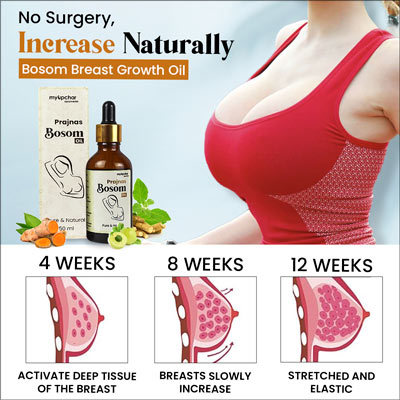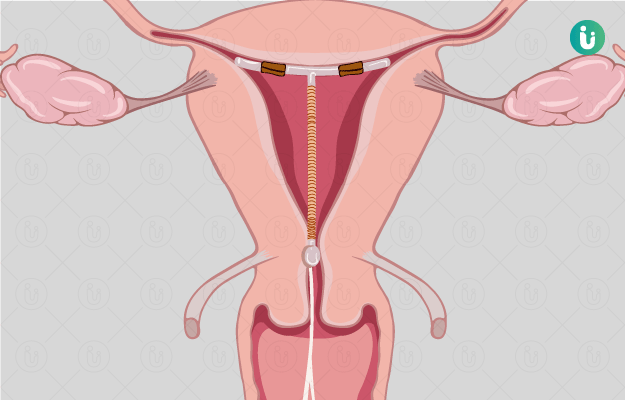A lot of changes occur in your body during pregnancy apart from your belly size. Thank the ever changing hormones, which steadily function to prepare you for childbirth and even lactation. Breast changes are often the first sign that you are pregnant, much before your belly shows up. If you have just conceived you must be wondering about this change or may have already felt it by now.
Just within a week or so of pregnancy, you may feel a tingling or prickling sensation in your breasts. Soon after, your breasts will start increasing in size beginning well within the first trimester. In fact, you may note a lot changing with your breasts when you are 6 weeks pregnant, change in size being just one. Darkening of the nipples and the areola and the presence of blue veins just under the skin are some of the visible changes in breasts. Your breasts which may feel swollen and enlarged during pregnancy are also quite tender to touch.
Tenderness is likely to subside after pregnancy but they will continue to grow in size throughout. However, you may note other symptoms in later months like leaky breasts, which release colostrum. This usually begins in the third trimester or maybe a bit earlier. Some women may also experience breast lumps during this period.
It is important to note that breast changes are normal during pregnancy and usually not a matter of concern. These symptoms gradually subside following childbirth and end of lactation. Any change extending beyond this period is not a normal symptom and requires immediate medical attention.
Also, if you experience any of these changes quite intensely during pregnancy, you must discuss with your doctor. Let’s have a separate look at each of these symptoms.










































